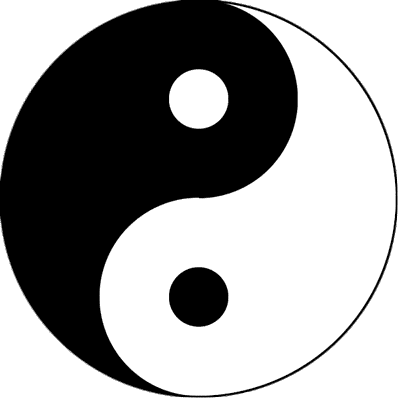Understanding the Five Colors and Their Diagnostic Role in TCM
The Yellow Emperor asked Qi Bo: “I have heard that the method of acupuncture involves observing the Five Senses and Five Colors (Five Senses refer to the eyes, ears, nose, tongue, and lips; ‘Yue’ refers to the external manifestations visible to the eye). The Five Colors represent the external expressions of the five internal organs and correspond to the seasonal climate changes. I wish to understand how the internal organs manifest externally.”
Qi Bo replied: “The Five Senses are the external reflections of the Five Organs.”
The Yellow Emperor asked: “I wish to understand the signs manifested by the Five Organs and use these signs as a regular principle in diagnosing illness.”
Qi Bo explained: “The pulse reflects the state of Qi, the color appears at the nose, and the alternation of the Five Colors is in harmony with the Five Seasons, each following a specific pattern. The condition within the internal organs, transmitted through the meridians, must be treated at its root.”
The Yellow Emperor asked: “So, is the manifestation of the Five Colors reflected only in the nose?”
Qi Bo replied: “The Five Senses are already clear. The area of the forehead must be broad and full to measure the Five Colors from the ‘Ming Tang’ (明堂, míng táng), or the nose. When the Ming Tang is wide, the cheeks and ear canals are visibly apparent, with thick, firm muscles, and the earlobes hanging downward and outward, the Five Colors are balanced. This person has a good constitution and will likely live a long life. When such a person falls ill, acupuncture can cure them, as their Qi and blood are abundant, their muscles firm, and their pores well-defined.”
The Yellow Emperor asked: “What is the relationship between the Five Senses and the Five Organs?”
Qi Bo replied: “The nose is the official opening of the lungs (Fei, 肺, fèi); the eyes are the official opening of the liver (Gan, 肝, gān); the mouth and lips are the official opening of the spleen (Pi, 脾, pí); the tongue is the official opening of the heart (Xin, 心, xīn); the ears are the official opening of the kidneys (Shen, 肾, shèn).”
The Yellow Emperor asked: “What symptoms can be observed from the Five Senses?”
Qi Bo responded: “You can observe the changes in the Five Organs. When the lungs are affected, there will be shortness of breath and flaring of the nostrils. When the liver is affected, the corners of the eyes will turn blue. When the spleen is affected, the lips will turn yellow. When the heart is affected, the tongue will curl and shrink, and the cheeks will turn red. When the kidneys are affected, both the cheeks and the forehead will turn dark.”
The Yellow Emperor asked: “When the pulse of the Five Organs is normal, the Five Colors also appear normal. However, some people have a complexion similar to that of a healthy person, but their condition worsens once they are ill. Why is this?”
Qi Bo answered: “When the Five Senses are not functioning properly, the forehead is not open, the Ming Tang is narrow, the cheeks and ears are small and lack visibility, the muscles are thin, and the earlobes and the upper parts of the ears are turned outward. Even if the color and pulse are normal, the person is weak, and their condition will worsen when they become ill.”
The Yellow Emperor asked: “Since the Five Colors manifest in the Ming Tang and can be used to observe the changes in the Five Organs’ Qi, do the Five Colors in the Ming Tang have specific patterns in their distribution on the left, right, upper, and lower parts?”
Qi Bo replied: “The internal organs are located in the chest and abdomen, each with a specific position. Therefore, the Five Colors reflected in the Ming Tang also have defined lengths on the left, right, top, and bottom.”
